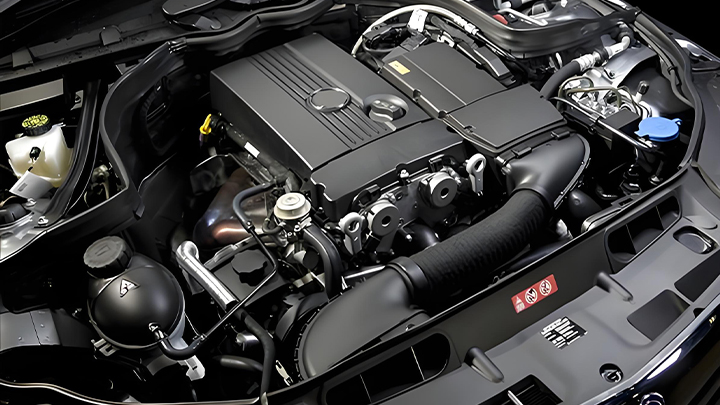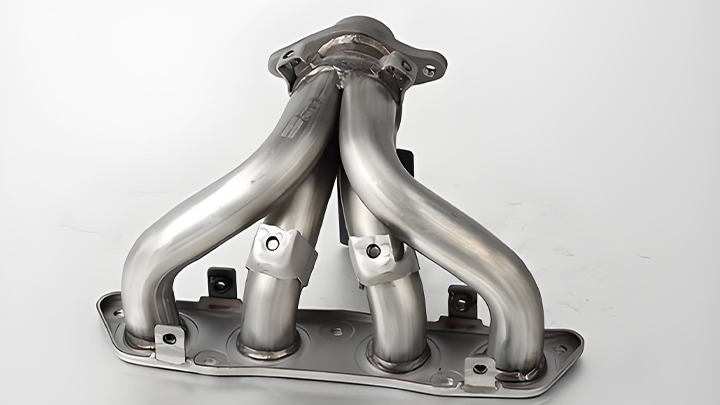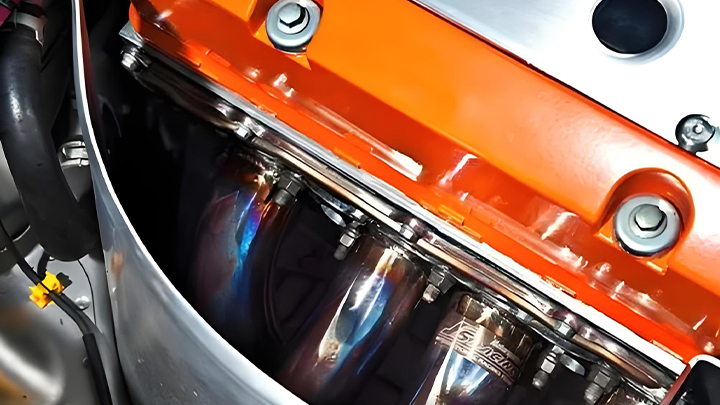When it comes to maintaining or upgrading your Ford vehicle, the exhaust manifold is a crucial component that deserves careful consideration. The exhaust manifold plays a vital role in channeling exhaust gases from the engine’s cylinders into the exhaust system, impacting the vehicle’s performance, fuel efficiency, and emissions. Car owners often face a choice between sticking with the original equipment manufacturer (OEM) Ford exhaust manifold or opting for an aftermarket alternative. In this article, we will explore the differences between Ford’s OEM exhaust manifolds and aftermarket options, helping you decide which is the right choice for your vehicle.
Understanding the Role of the Exhaust Manifold
Before diving into the comparison, it’s important to understand the function of the exhaust manifold. This component collects exhaust gases from the engine’s cylinders and directs them into a single exhaust pipe. A well-designed exhaust manifold ensures efficient expulsion of these gases, reducing back pressure and improving engine performance. Any issues with the exhaust manifold, such as cracks or leaks, can lead to reduced performance, increased emissions, and even engine damage.
Ford OEM Exhaust Manifolds: Key Benefits
Guaranteed Fit and Compatibility One of the primary advantages of choosing an OEM Ford exhaust manifold is the guaranteed fit and compatibility with your vehicle. Ford designs and manufactures its exhaust manifolds to meet the exact specifications of each model. This means that when you choose an OEM part, you can be confident that it will fit perfectly and function as intended without any modifications.
Durability and Quality Ford’s OEM exhaust manifolds are built to the highest standards using quality materials, often including cast iron or stainless steel, which are known for their durability and heat resistance. These materials ensure that the manifold can withstand the extreme temperatures and pressures generated by the engine, providing long-lasting performance.
Warranty Protection Another significant benefit of opting for an OEM Ford exhaust manifold is the warranty protection. Ford typically offers a warranty on their OEM parts, giving you peace of mind that if something goes wrong, it will be covered. This warranty protection is something that many aftermarket alternatives may not offer, or if they do, it may be limited in scope.
Consistency in Performance Using an OEM exhaust manifold ensures that your vehicle maintains its original performance characteristics. Since the part is designed specifically for your Ford model, it will provide consistent and reliable performance, just as the manufacturer intended.
Aftermarket Exhaust Manifolds: Pros and Cons
Cost Savings One of the most compelling reasons to consider an aftermarket exhaust manifold is the potential cost savings. Aftermarket parts are often less expensive than OEM parts, making them an attractive option for budget-conscious consumers. However, it’s essential to weigh these savings against potential risks, such as reduced quality or the need for additional modifications.
Variety and Customization The aftermarket industry offers a wide range of exhaust manifolds, catering to different needs and preferences. Whether you’re looking for a high-performance manifold for racing or a more cost-effective solution for everyday driving, the aftermarket provides plenty of options. Some aftermarket manifolds are designed to enhance performance by improving exhaust flow or reducing weight, making them popular among enthusiasts.
Potential for Enhanced Performance For those looking to boost their vehicle’s performance, certain aftermarket exhaust manifolds are engineered to provide better flow characteristics than stock parts. These high-performance manifolds can increase horsepower and torque by reducing back pressure and improving exhaust scavenging. However, achieving these benefits often requires careful selection and installation by a professional.
Risks of Compatibility Issues Unlike OEM parts, aftermarket exhaust manifolds may not always fit perfectly or work seamlessly with your vehicle’s existing systems. Compatibility issues can lead to installation challenges, increased labor costs, or the need for additional modifications. In some cases, using an ill-fitting aftermarket manifold can even result in damage to other engine components or voiding your vehicle’s warranty.
Variable Quality The quality of aftermarket exhaust manifolds can vary widely depending on the manufacturer. While some aftermarket parts are designed to meet or exceed OEM standards, others may be made from inferior materials that are prone to premature failure. It’s crucial to research and choose a reputable brand if you decide to go the aftermarket route.
Making the Right Choice for Your Ford Vehicle
When deciding between a Ford OEM exhaust manifold and an aftermarket alternative, several factors should guide your decision:
Vehicle Use and Performance Goals Consider how you use your vehicle and what your performance goals are. If you’re driving a daily commuter and reliability is your top priority, an OEM exhaust manifold may be the best choice. On the other hand, if you’re a performance enthusiast looking to extract more power from your engine, a high-quality aftermarket manifold might offer the enhancements you’re seeking.
Budget Considerations Your budget is another critical factor. While aftermarket parts can offer savings upfront, consider the potential long-term costs associated with installation, possible modifications, and any warranty issues. Sometimes, the peace of mind that comes with an OEM part’s warranty and fitment can justify the higher initial cost.
Installation and Maintenance Installation is another aspect where OEM parts have an edge. Since they are designed specifically for your Ford model, OEM exhaust manifolds are usually easier to install, often requiring no modifications. Aftermarket parts may require additional work, which can increase labor costs and installation time. If you’re not confident in handling complex installations, it might be wise to stick with OEM.
Warranty and Long-Term Reliability The warranty and long-term reliability of the part should not be overlooked. OEM parts come with manufacturer-backed warranties that protect your investment. If reliability and maintaining your vehicle’s warranty are priorities, OEM might be the safer bet. However, if you choose an aftermarket manifold, be sure to select a reputable brand that offers a solid warranty.
Conclusion
Choosing between a Ford OEM exhaust manifold and an aftermarket alternative ultimately depends on your specific needs, budget, and performance goals. OEM manifolds offer guaranteed fit, durability, and warranty protection, making them a reliable choice for most drivers. On the other hand, aftermarket manifolds provide more options for customization and potential cost savings, with some offering enhanced performance for those willing to invest in quality parts.
Whether you opt for OEM or aftermarket, the key is to carefully evaluate the pros and cons, considering factors like installation, long-term reliability, and how the part will impact your vehicle’s overall performance. By making an informed decision, you can ensure that your Ford continues to deliver the driving experience you expect, whether on the daily commute or out on the open road.
Post time: Aug-12-2024






